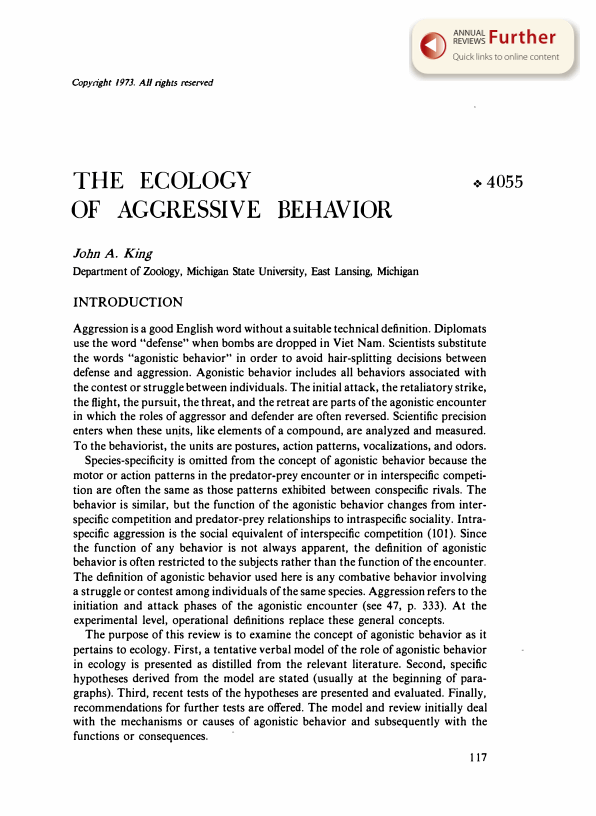
Full text loading...

The Ecology of Aggressive Behavior, Page 1 of 1
< Previous page | Next page > /docserver/preview/fulltext/ecolsys/4/1/annurev.es.04.110173.001001-1.gif
There is no abstract available.

Article metrics loading...

Full text loading...

